A landlord’s primary responsibility is to ensure their rental property remains safe, comfortable, and appealing to tenants. For this reason, it’s essential to conduct proper maintenance whenever the seasons change. What parts of the property should you maintain when the weather gets warmer? Here are the most important parts of summer maintenance for landlords.
Summer Maintenance for Landlords: What to Pay Attention To
What are the most essential tasks for property maintenance in the hottest season of the year? Here is a summer home maintenance checklist for landlords to help keep your property in shape.
1. Gutter Inspection and Cleaning
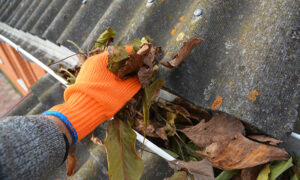 The first thing you should include on your landlord’s summer maintenance checklist is inspecting and cleaning the gutters. Gutters play an important role in redirecting rainwater from the unit’s siding, landscaping, and foundation. This is important because water damage can compromise the property’s structural integrity.
The first thing you should include on your landlord’s summer maintenance checklist is inspecting and cleaning the gutters. Gutters play an important role in redirecting rainwater from the unit’s siding, landscaping, and foundation. This is important because water damage can compromise the property’s structural integrity.
Start by looking through the gutters and removing twigs, leaves, and debris. Landlords can do this by hand with gloves or use a gutter scoop. Afterward, look for rust, cracks, and other signs of damage. You may need to call a professional to repair or replace the gutters to prevent leaks.
Also, check if the gutters are properly attached to the property. Check the downspouts for blockages and use a garden hose to flush out obstructions. Stubborn blockages may require a deep clean.
2. Air Conditioning Maintenance
Air conditioning (AC) units are used frequently in the summer, so it’s crucial to ensure the HVAC systems work. Inspect your AC units for leaks and visible damage, and clean the filters and condenser coils, too.
You may need to hire an HVAC technician to do a comprehensive checkup. This includes checking the thermostat, inspecting electrical connections, and servicing the internal mechanisms. A proactive approach is key to longevity, so schedule professional inspection and maintenance work annually.
3. Property Insulation
Summer property maintenance for landlords also includes ensuring proper insulation. This will stabilize indoor temperatures and prevent the AC systems from working harder than they need to, saving a lot of money on electricity bills in the long run.
Look for areas where there may be compacted insulation. Pay special attention to walls and attics, especially their floor joists. We also recommend inspecting the doors and windows for gaps. Consider installing door sweeps to reduce the airflow underneath the doors. As for windows, we recommend sealing gaps between the frame and wall with caulk. Deteriorated or missing weatherstripping should also be replaced.
There may also be gaps around the AC unit. In this case, consider using foam sealing strips to prevent air leaks. If you need a more comprehensive evaluation, you can hire a professional energy auditor to help you.
4. Pest Control
Warm weather invites various pests into the home, so pest control is especially important in the summer. Make sure to monitor the home for signs of infestation. The property may have holes in wooden walls and floors or droppings. Remember to also check common entry points like gaps in doors and windows, cracks in the foundation, and utility pipe openings.
Preventive measures like sealing entry points, applying soil or wood treatments, and ensuring the property is clean might be helpful. A professional pest control service may also address existing infestations and exterminate the pests.
5. Outdoor Maintenance
 Proper outdoor maintenance and landscaping can help extend the lifespan of your property. Trim overgrown bushes, trees, and lawns to keep the property visible and safe. Plant native plants that are more resistant to pests.
Proper outdoor maintenance and landscaping can help extend the lifespan of your property. Trim overgrown bushes, trees, and lawns to keep the property visible and safe. Plant native plants that are more resistant to pests.
Finally, landlords can consider adding a rainwater harvesting system to reduce water consumption. These systems also irrigate the garden, reduce flooding, and prevent soil erosion.
6. Carbon Monoxide and Smoke Alarm Testing
Carbon monoxide and smoke alarms protect the health and safety of your tenant. These systems usually have a test button that sounds the alarm. The detectors are working if you press the button and the alarm rings. However, if the sound is weak or there’s no sound, you may need to replace the batteries.
If the alarms don’t ring despite inserting new batteries, it may be time to replace the entire unit. Remember to also check the manufacture date on the devices. Carbon monoxide detectors need to be replaced every 5-7 years, while smoke alarms need to be replaced every 10 years.
7. Dryer Vent Cleaning
Dusty dryers are fire hazards, especially in the summer months when the weather is warm. Remember to clean the dryer vent and remove any lint and other debris that has built up over time. This will reduce the fire risk and help the laundry work more efficiently.
Before cleaning the dryer, unplug the unit and disconnect the duct from the back. Use a brush kit to remove the lint from the duct, vent, and vent cover. You can also use a vacuum cleaner to remove debris from areas around the unit.
8. Ventilation
Ventilation is key to keeping your tenants comfortable during the summer months. Vents can regulate air quality by reducing moisture and allowing fresh air inside. Inspect and clean all the vents and vent covers to keep the property ventilated. Remove any debris that might obstruct the flow of air.
Landlords can also ask tenants to use exhaust fans to eliminate indoor odors and humidity in various rooms. Attic vents should also be unobstructed to let hot air escape. If the tenant does not use air conditioning, consider installing ceiling or window fans to promote air circulation.
9. Plumbing Inspection
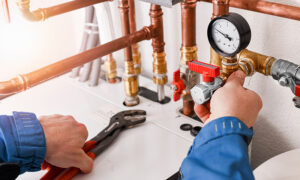 The plumbing system needs regular evaluation and maintenance. Begin by checking all the faucets and sinks for signs of leaks and damage. Flush all the toilets to make sure they’re refilling and draining correctly. Likewise, look for signs of leaks at the base.
The plumbing system needs regular evaluation and maintenance. Begin by checking all the faucets and sinks for signs of leaks and damage. Flush all the toilets to make sure they’re refilling and draining correctly. Likewise, look for signs of leaks at the base.
Exposed pipes may also have signs of damage, corrosion, and leaks. Remember to check all of them — including those in crawl spaces and basements. The water heater should also be inspected for signs of rust and leaks. Landlords should drain these yearly to keep sediment from building up.
Again, hiring a licensed plumber to conduct a comprehensive inspection and address problems may be best. They should ensure that the plumbing system meets all local regulations and codes.
10. Sprinkler System Inspection
Sprinkler systems should be at their most efficient in the summer. To ensure they’re working well, check the valves and clear the sprinkler of debris. If the sprinklers are damaged, you might need to repair or replace them. It’s also crucial to check the pressure to ensure efficient water usage.
Providing a Better Living Experience
Summer maintenance is essential for landlords to provide tenants with a good living experience. It can encourage good tenants to renew their lease agreements and remain in the property for a longer period. Moreover, it preserves the property’s lifespan and keeps costly repairs and replacements to a minimum.
Do you need help managing your rental property? Check out our online directory to find the best management company in your area!
RELATED ARTICLES:
- How To Determine A Fair Rental Rate Plus Factors To Consider
- Rental Property Maintenance Guide For Landlords
- How To Make A Rental Application Form That Complies With The Law



 Landlords should conduct routine maintenance inspections on their rental properties. They should check for major damages or smaller issues caused by wear and tear. This also includes checking systems and making sure they are operational.
Landlords should conduct routine maintenance inspections on their rental properties. They should check for major damages or smaller issues caused by wear and tear. This also includes checking systems and making sure they are operational.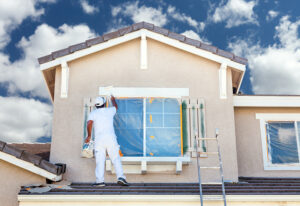 Landlords are usually responsible for re-painting the property and ensuring the flooring is in good condition. Generally, landlords repaint properties after a tenant leaves. However, they can also repaint the rental home if enough time has passed.
Landlords are usually responsible for re-painting the property and ensuring the flooring is in good condition. Generally, landlords repaint properties after a tenant leaves. However, they can also repaint the rental home if enough time has passed. Square Footage Formula
Square Footage Formula What Are the Property Management Company’s Responsibilities?
What Are the Property Management Company’s Responsibilities? Property management companies are still responsible for maintaining short-term or vacation rentals. However, maintaining these properties differs slightly from maintaining long-term rental properties.
Property management companies are still responsible for maintaining short-term or vacation rentals. However, maintaining these properties differs slightly from maintaining long-term rental properties.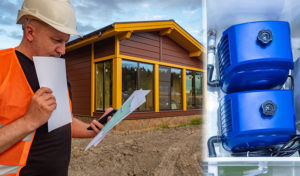 1. Erroneous Installation
1. Erroneous Installation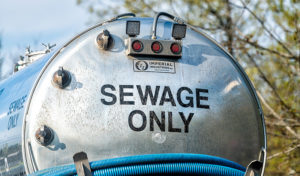 Check for leaks and drips in your plumbing; repair them at once when identified.
Check for leaks and drips in your plumbing; repair them at once when identified.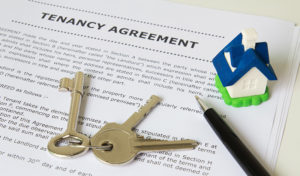 Are landlords responsible for pest control? Generally, pest control falls under the responsibility of the landlord since it is usually part of property maintenance.
Are landlords responsible for pest control? Generally, pest control falls under the responsibility of the landlord since it is usually part of property maintenance.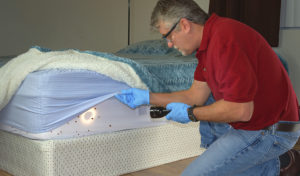 Bed bugs have become a hot issue in many states because of rising infestation rates.
Bed bugs have become a hot issue in many states because of rising infestation rates.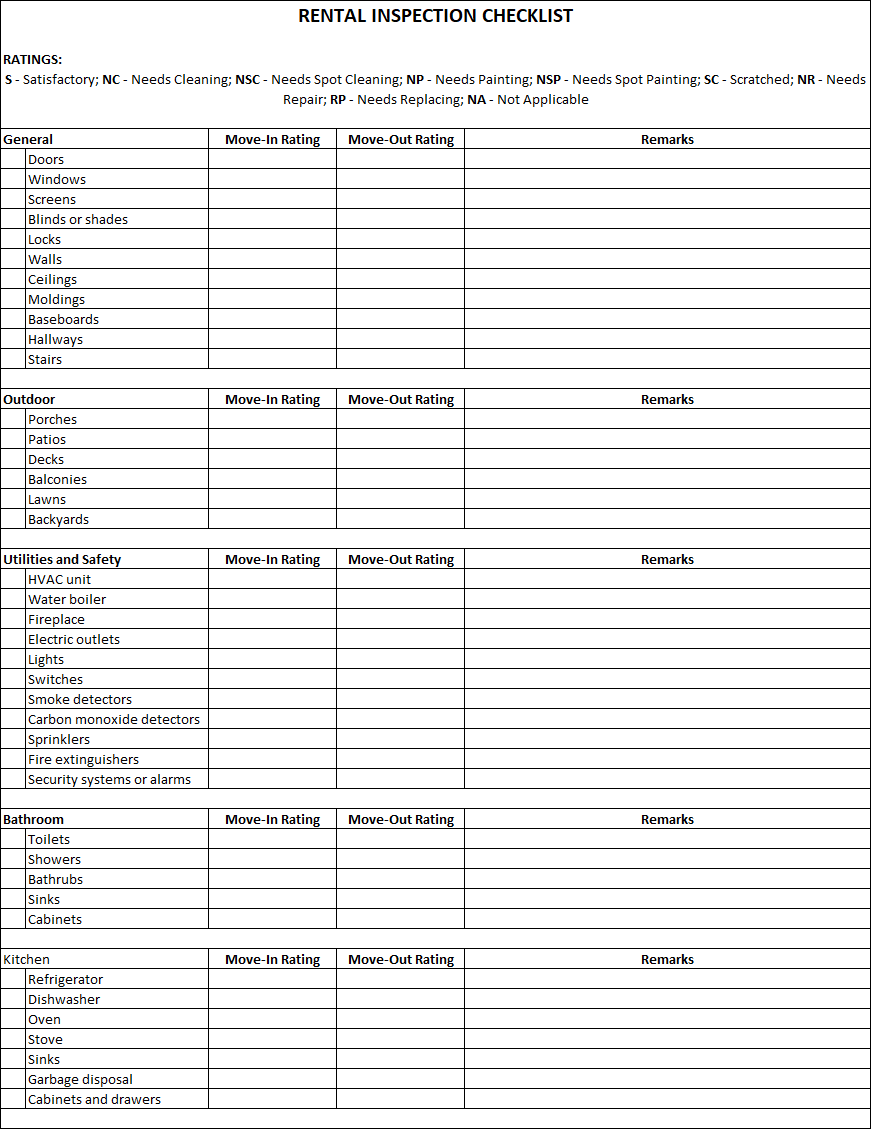
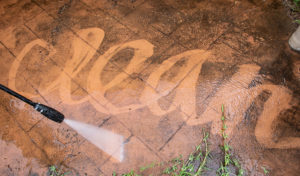 Exterior cleaning should be a part of any building maintenance checklist. A great way to extend the lifespan of your property is to clean it using a pressure washer.
Exterior cleaning should be a part of any building maintenance checklist. A great way to extend the lifespan of your property is to clean it using a pressure washer.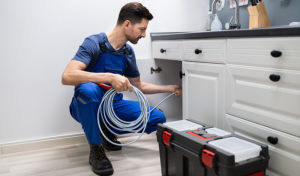 7. Unclog the Sinks
7. Unclog the Sinks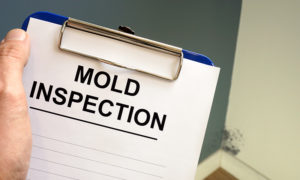 How Can I Test My Apartment for Mold?
How Can I Test My Apartment for Mold?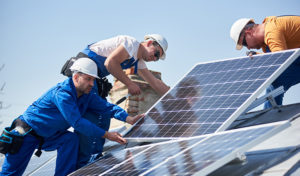 8. Contribute to Sustainability
8. Contribute to Sustainability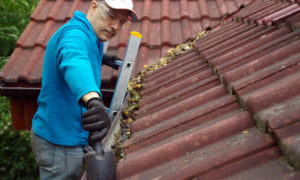 2. Clean the Gutters
2. Clean the Gutters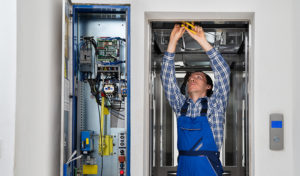 12. Service Elevators
12. Service Elevators Company
Company